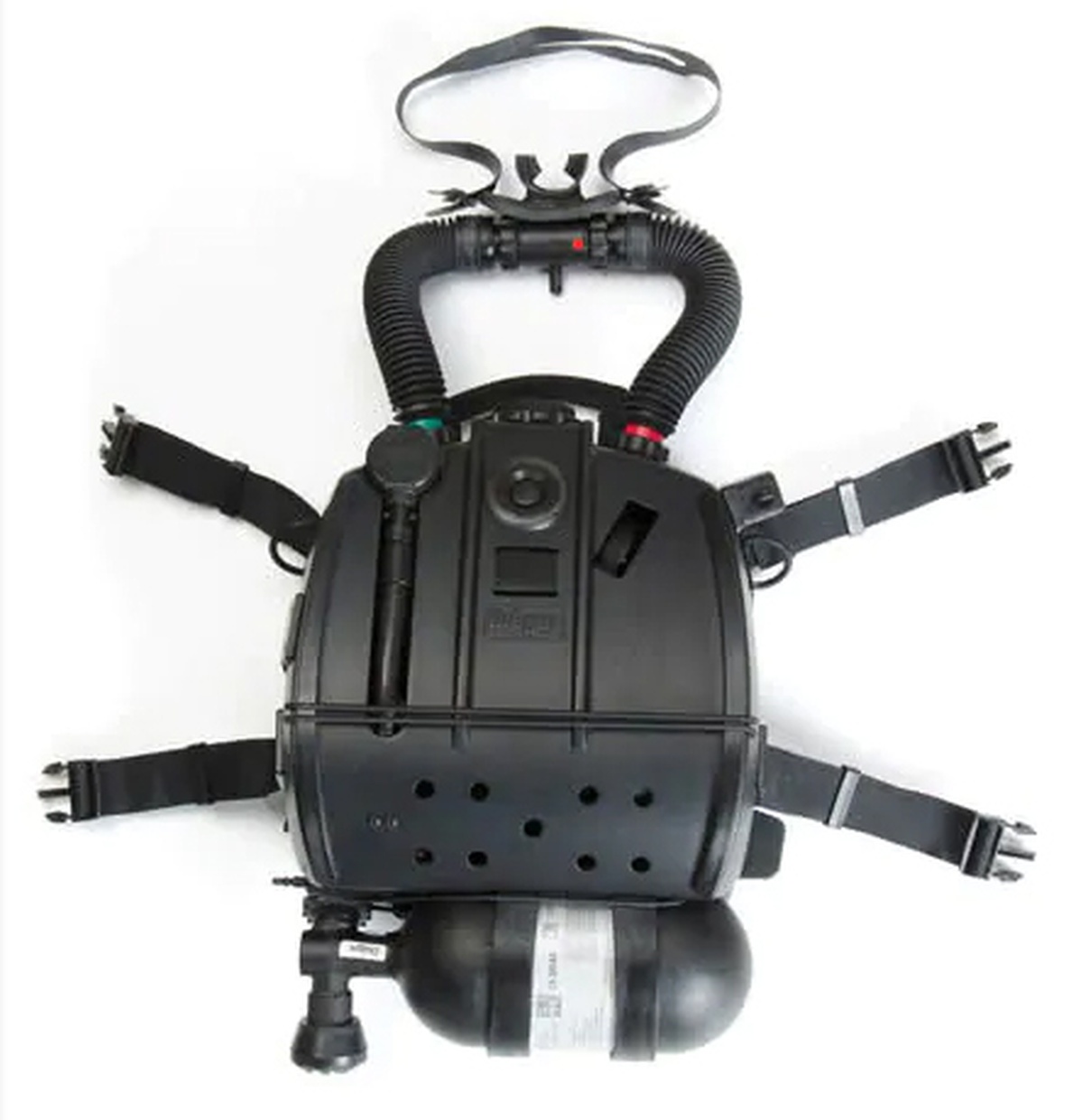Museo del Design del Friuli Venezia Giulia – Associazione di Promozione Sociale
P. IVA e CF 02863400301 – info@mudefri.it
Around 1910, the first helmets for car and motorcycle racers, simple soft leather headgear, underwent testing. Technical development saw various types of padding used, from cork to wood pulp, canvas, and the addition of a neck cover integrated into the chinstrap. In the 1930s and 1940s helmets with a light alloy moulded shell started to become popular, before moving over from 1954 to fibreglass. As these materials could be painted, the custom began of painting helmets in eye catching colours to give spectators the chance to more easily identify competitors in motorcycle races.
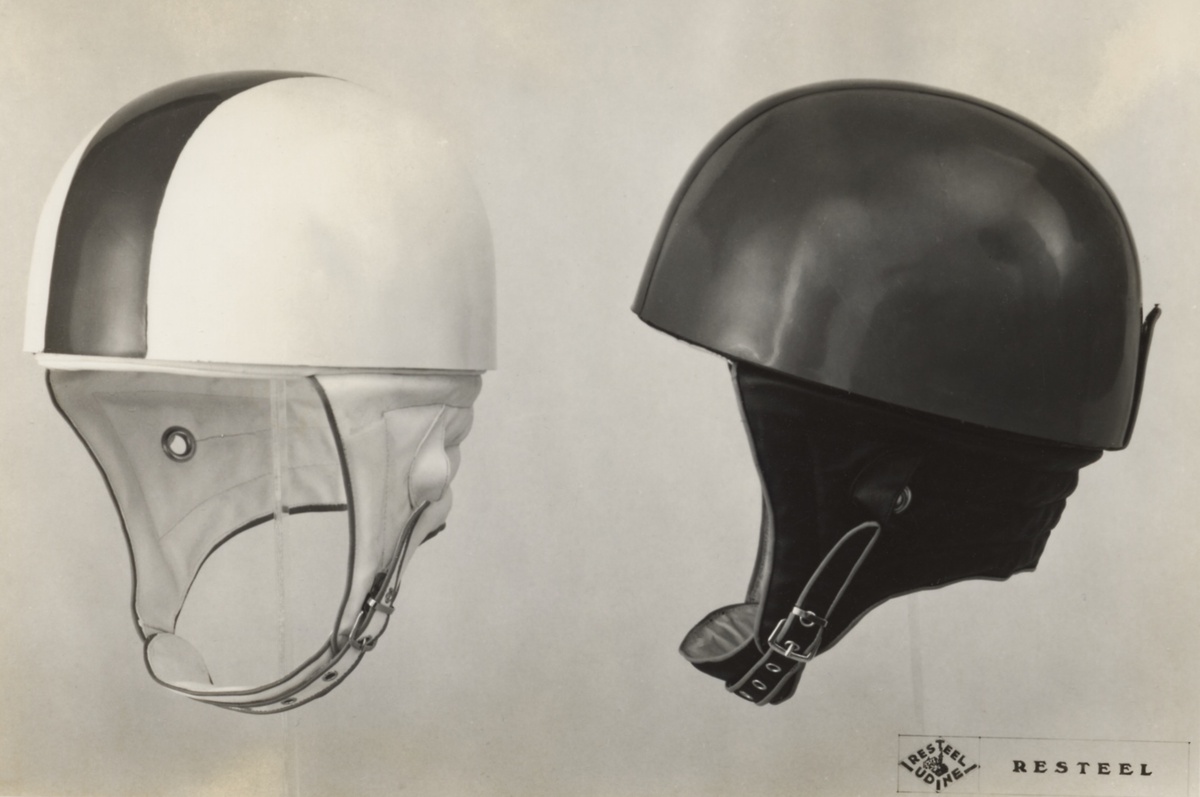
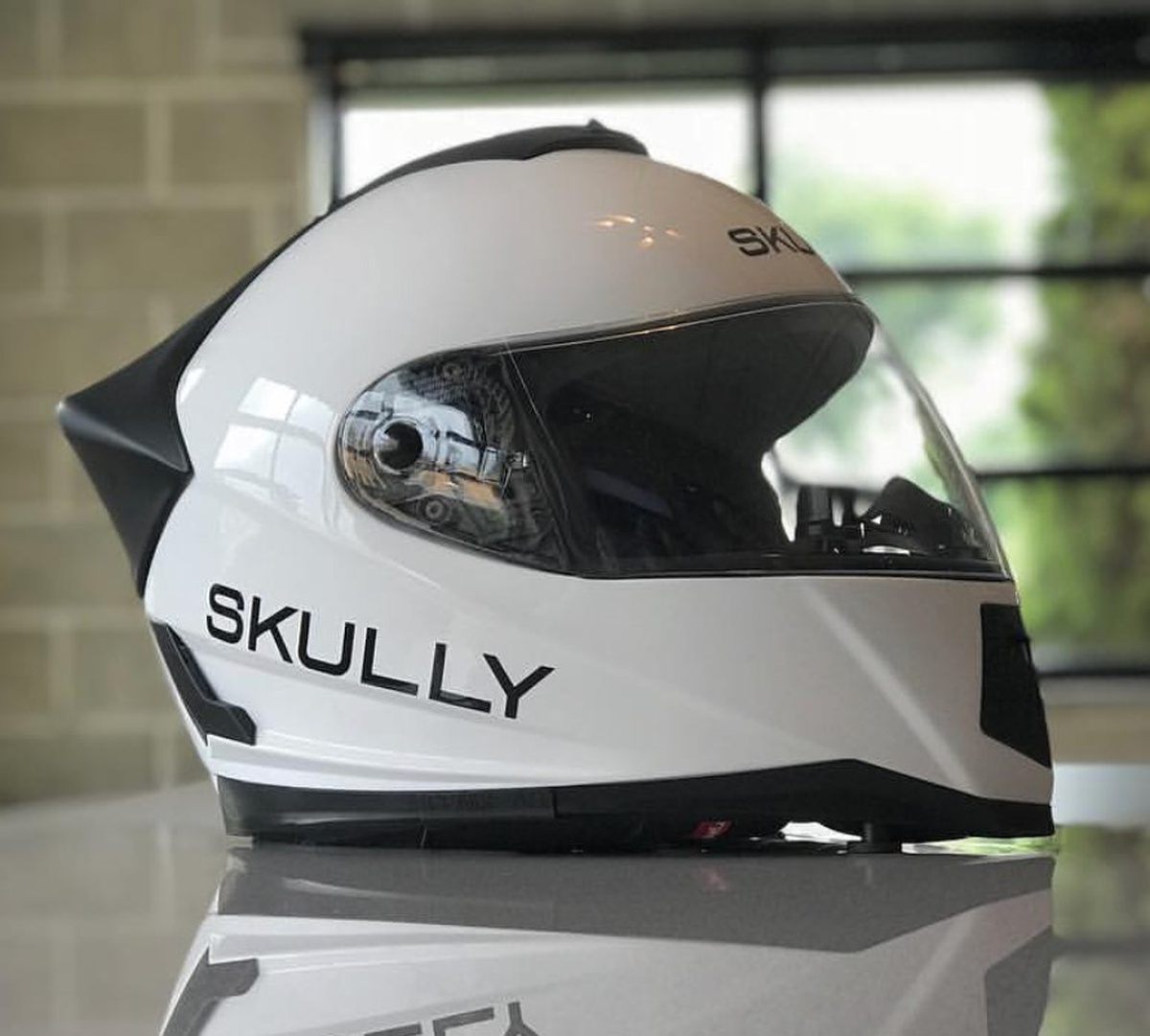
Today helmets defined as half or pudding-basin helmets are outdated due to the low level of protection they provide. The most commonly used models are jet and full-face helmets, which feature state-of-the-art technology to ensure the best experience and maximum safety. The Skully Fenix for example, was the first helmet to be fitted with a rear-view camera, audio system and voice control.
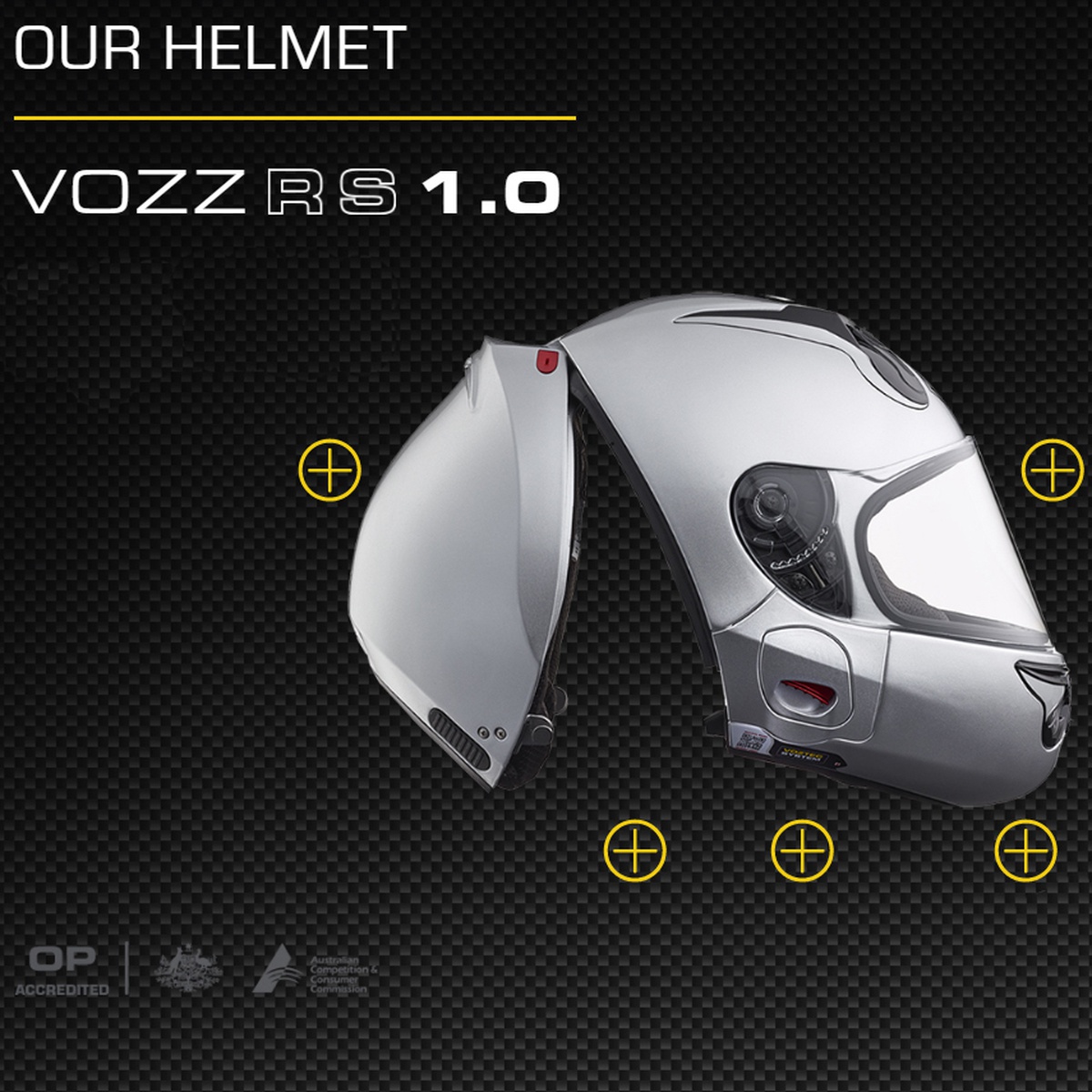
In 2017 a full face helmet without chinstrap was patented and marketed: this model features rear opening, which guarantees greater protection, faster insertion / removal in emergency situations and more efficient streamlining.
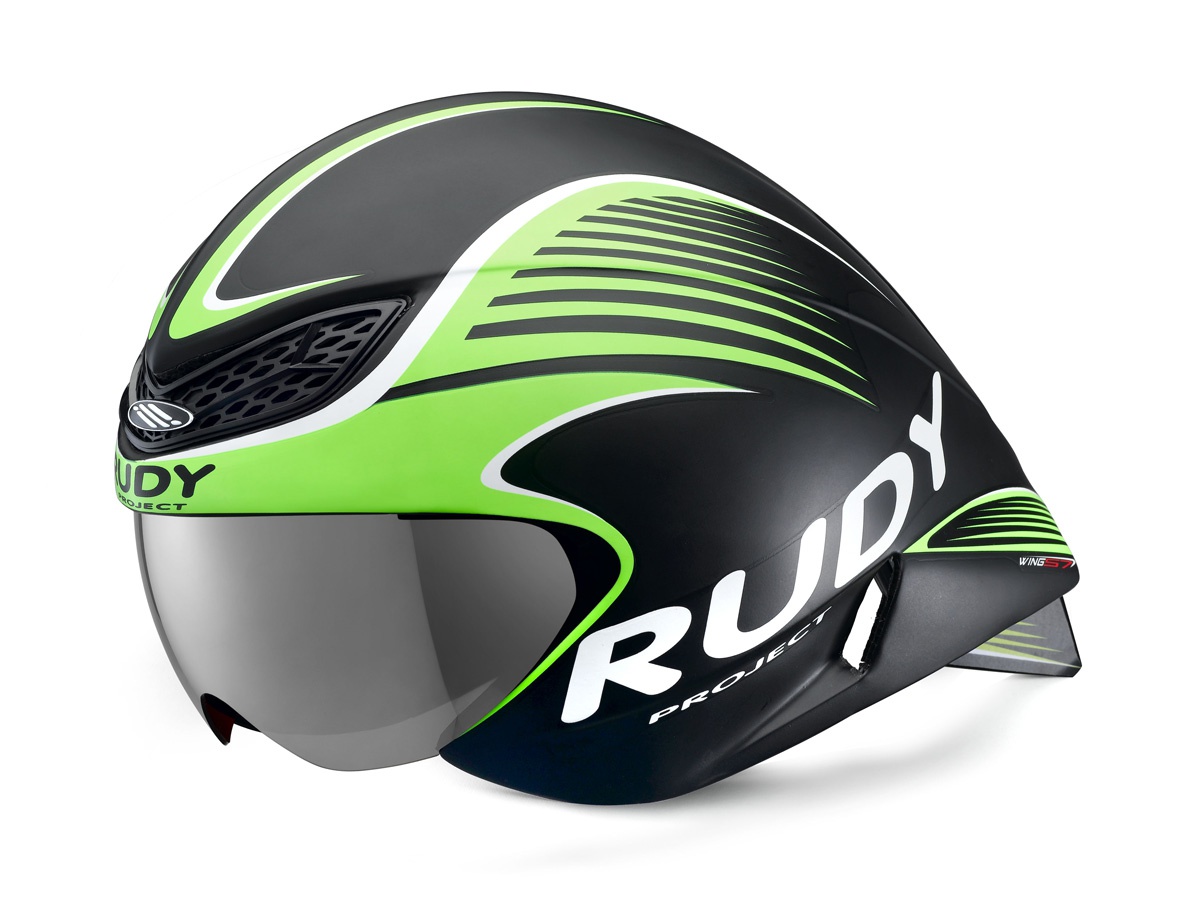
The Wings57 triathlon helmet designed by Treviso-based designer Alessandra Pasetti for Rudy Project in 2013 features maximum streamlining and is quick to put on. The designer drew inspiration from the anatomy of a shark, a prime example of improving development by reducing torsion forces and transforming them into propulsive power. Wind tunnel tests have proven its effectiveness. The removable tail, or “air director” adapts better to all shoulder and rear shapes. The Vortex Killer System forces air behind the neck and shoulder without interfering with other forces.
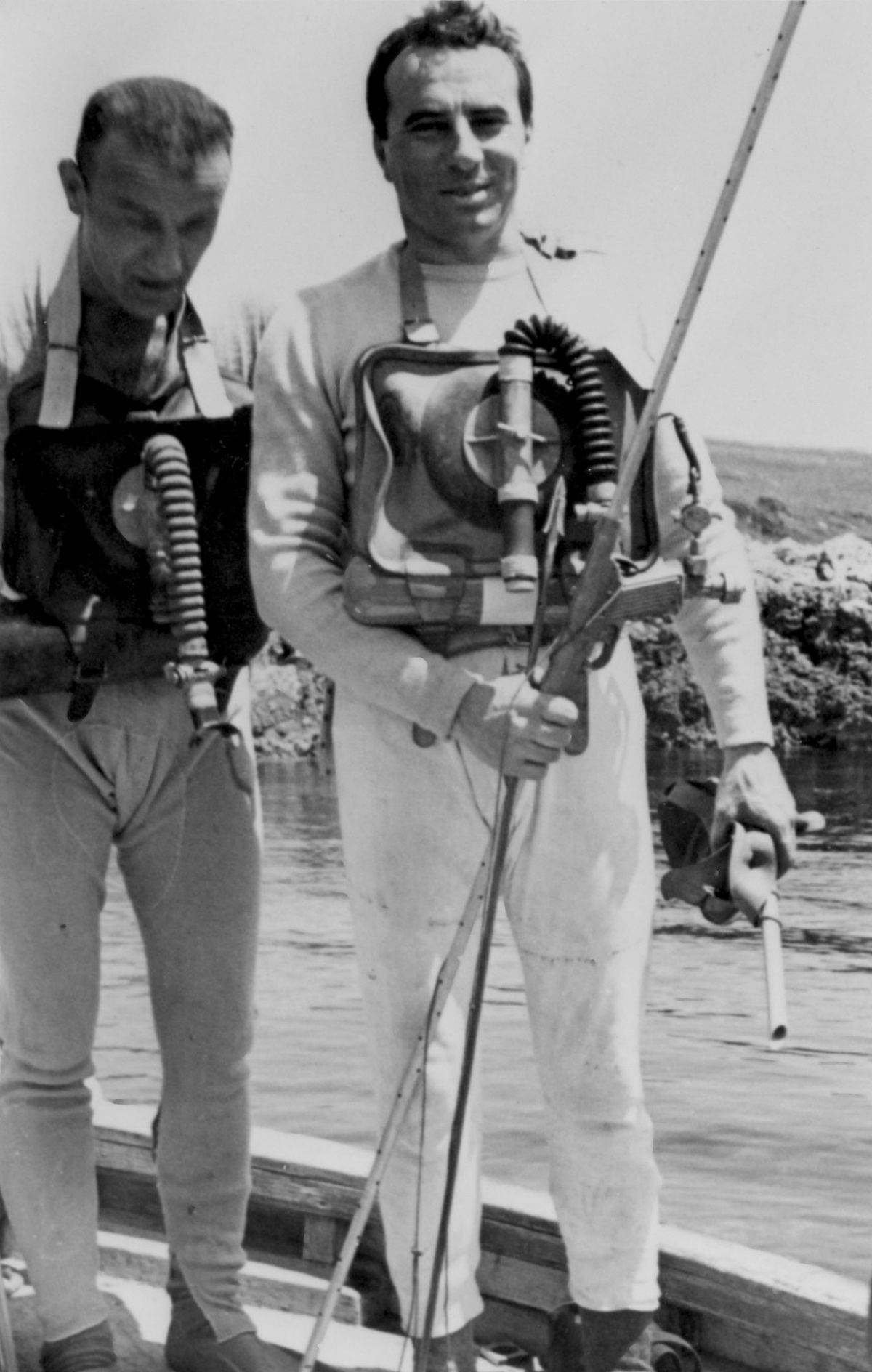
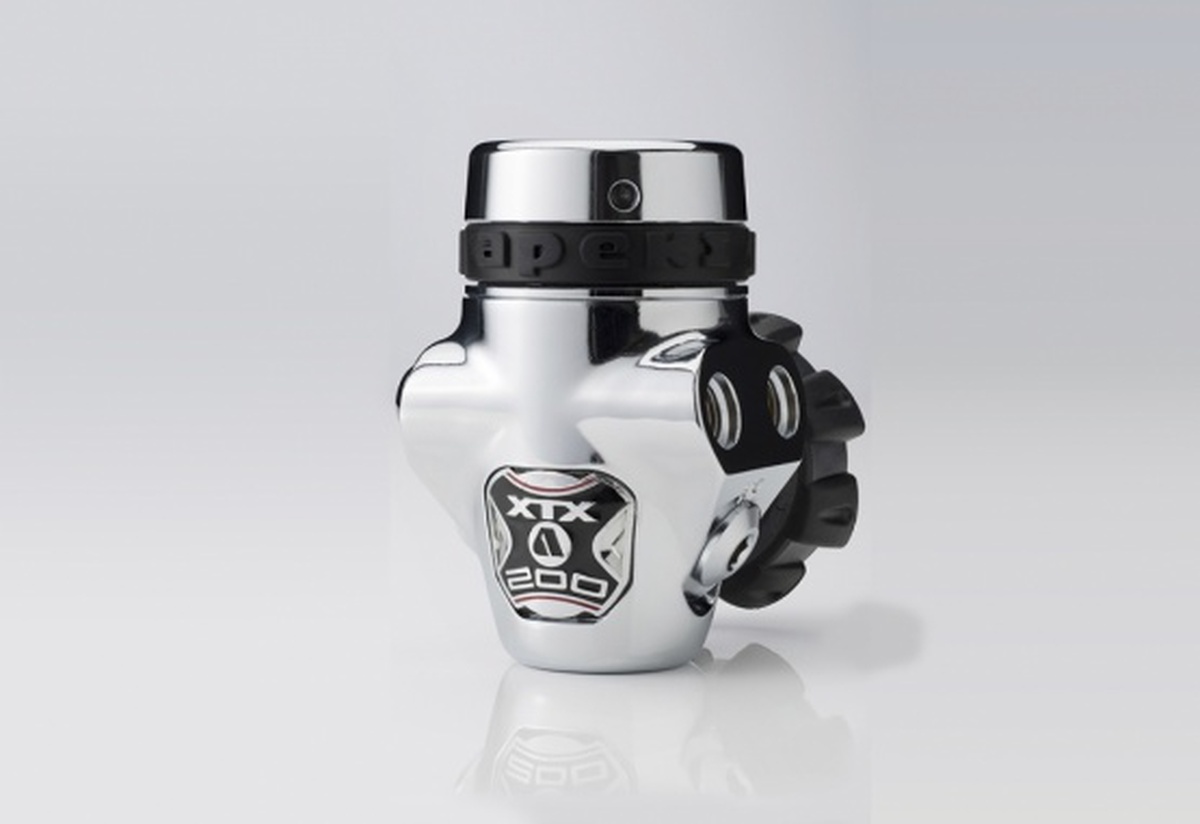
This small item is considered one of the best breathing devices around. It is made from technopolymer, by Apeks.
Today studies on breathing devices favour solutions that do not require heavy air tanks, complicated equipment or expensive training. A model of breathing apparatus has even been patented that is able to draw oxygen directly from water: the Triton Scuba mask designed by Jeabyun Yeon in 2014.
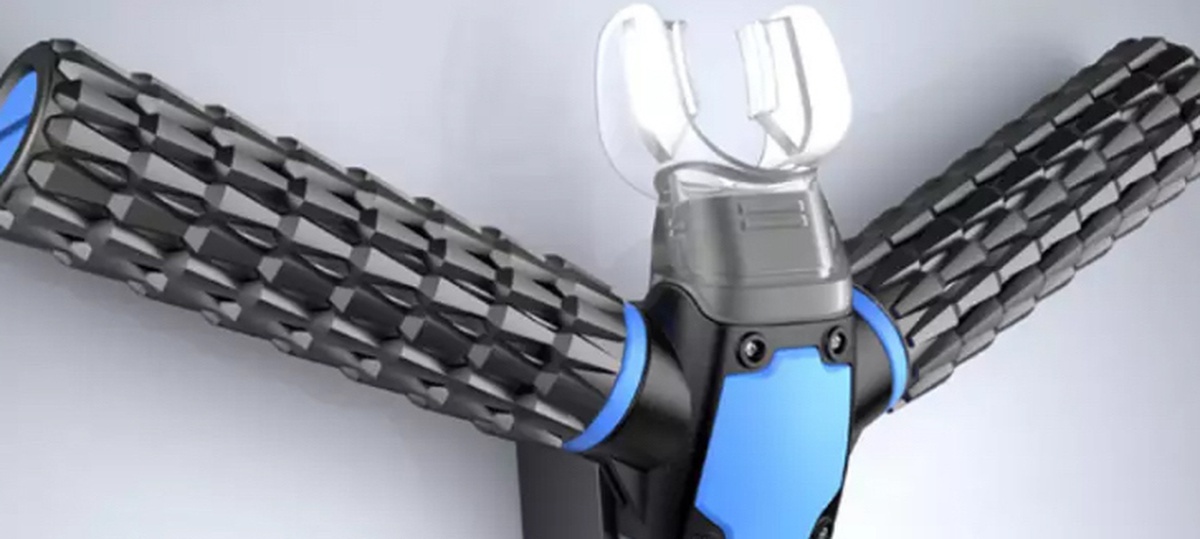
Gian Pietro Borgnolo was a great scuba diving enthusiast. It was therefore inevitable he would test the use of Vetroresina© to manufacture an underwater breathing device. It is not the one seen in this photograph from the early 1950s, a still rudimentary version, like the woollen “wetsuit” he is wearing.
Despite the use of new materials, Vetroresina© remains one of the best performing ergonomic
materials. Like the breathing device that can be worn like a rucksack on the chest or back, for greater freedom of movement, produced by Dräger Safety Italia.
